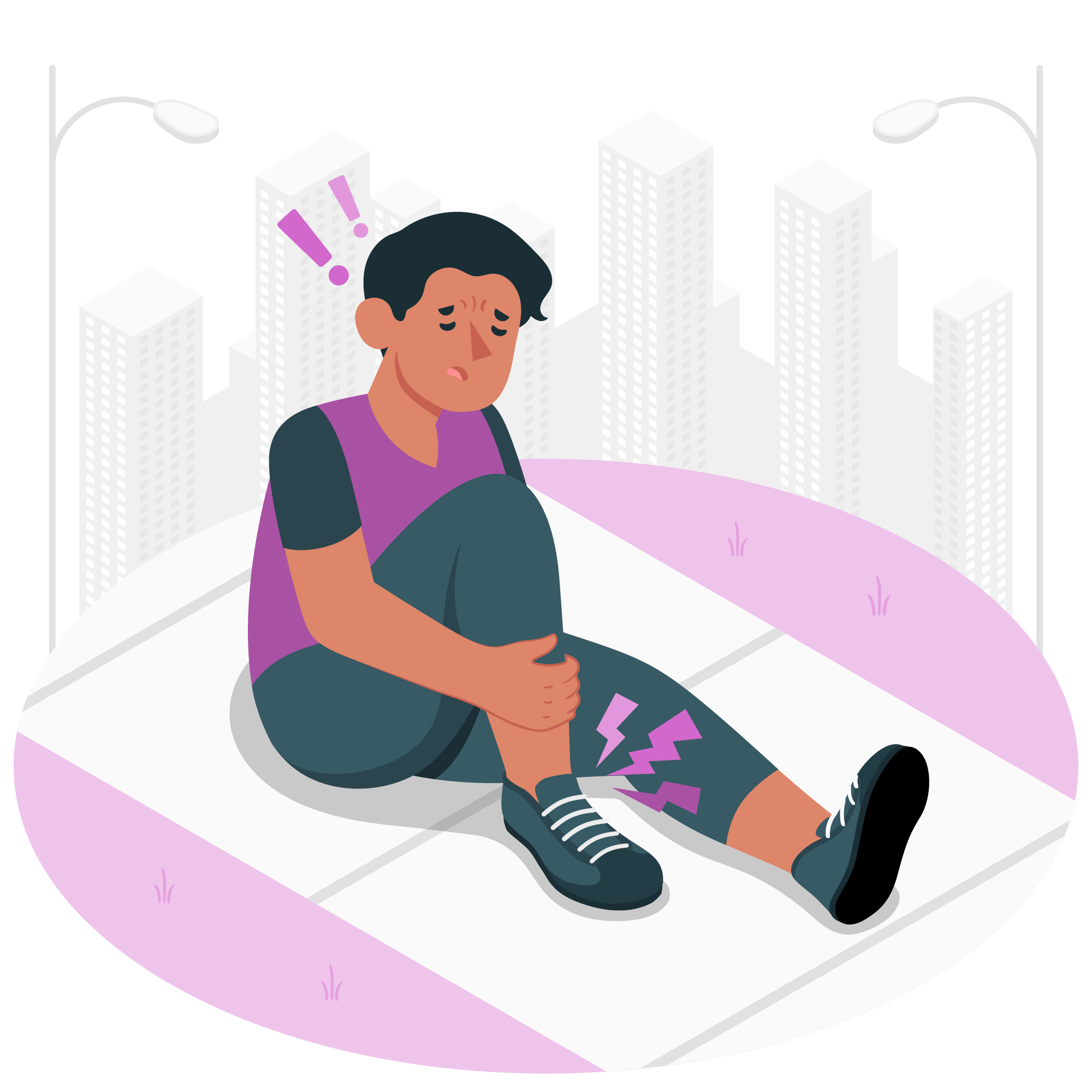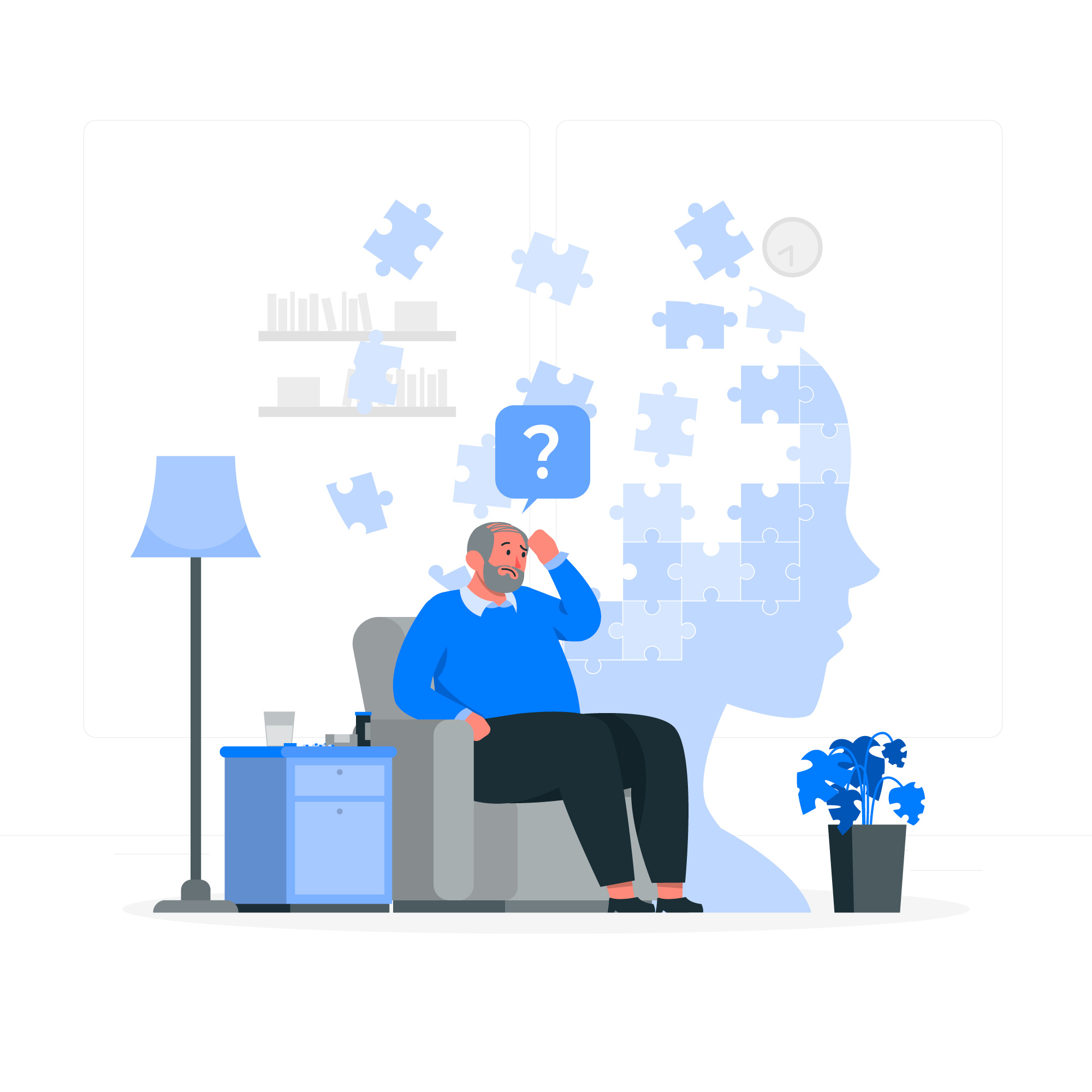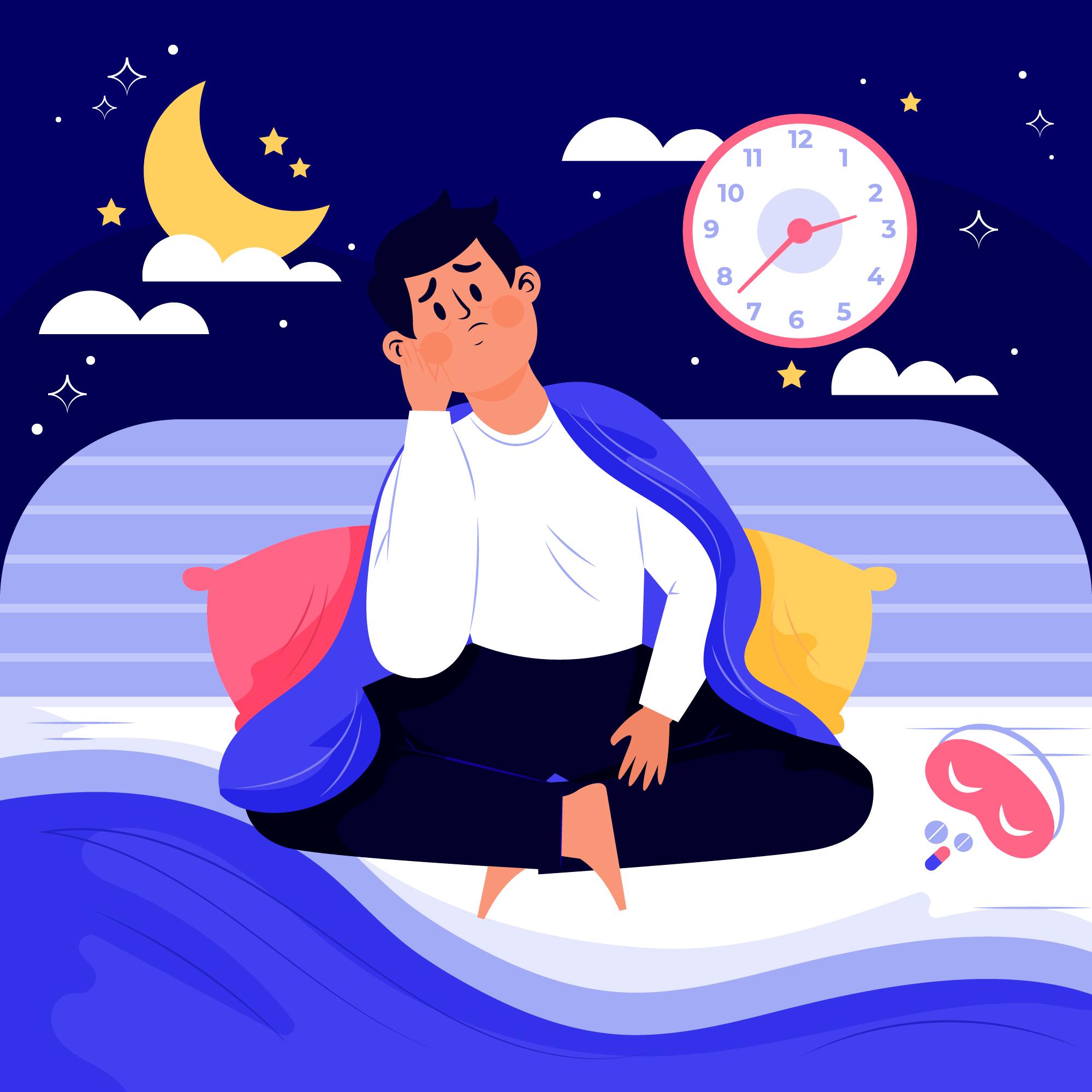Perfectionism
Overview
Perfectionism is a multifaceted personality trait characterized by the pursuit of flawlessness, setting exceedingly high standards, and engaging in critical self-evaluation. In the Indian context, cultural factors such as societal expectations, familial pressures, and academic competitiveness significantly influence perfectionistic behaviours. Understanding perfectionism within this cultural framework is essential for addressing its psychological implications among the Indian population.
Key Facts
- Prevalence: A study involving 531 students from seven Indian cities utilized the Almost Perfect Scale to assess perfectionism levels. The findings indicated that a significant portion of participants exhibited perfectionistic tendencies, underscoring the trait’s relevance in the Indian context.
- Cultural Relevance: Research exploring the construct of perfectionism among Asian Indian students found that their definitions aligned with Western conceptualizations, emphasizing high personal standards and critical self-assessment.
Symptoms and Patterns
Perfectionism manifests through various cognitive and behavioural patterns, including:
- Setting Unrealistic Standards: Individuals impose excessively high goals, often unattainable, leading to chronic dissatisfaction.
- Fear of Failure: A pervasive concern about making mistakes, resulting in avoidance of challenging tasks.
- Procrastination: Delaying tasks due to fear of not meeting self-imposed standards.
- Overemphasis on Precision: Investing disproportionate time in minor details, hindering overall productivity.
Risk and Protective Factors
Risk Factors:
- Cultural and Familial Pressures: In collectivistic societies like India, emphasis on academic and professional success can foster maladaptive perfectionism.
- Personality Traits: Individuals with high neuroticism or low self-esteem are more susceptible to perfectionistic behaviours.
- Social Comparison: Exposure to social media and societal benchmarks can exacerbate feelings of inadequacy.
Protective Factors:
- Supportive Social Networks: Encouragement from family and peers can mitigate the adverse effects of perfectionism.
- Adaptive Coping Mechanisms: Strategies such as mindfulness and stress management can help manage perfectionistic tendencies.
- Balanced Achievement Orientation: Focusing on personal growth rather than external validation promotes healthier perfectionism.
Treatment and Care
Addressing perfectionism involves a combination of therapeutic approaches:
- Cognitive Behavioural Therapy for Perfectionism (CBT-P): This structured intervention targets perfectionistic thought patterns and behaviours, aiming to reduce associated psychological distress.
- Mindfulness-Based Interventions: Practices that cultivate present-moment awareness can help individuals detach from perfectionistic thoughts.
- Psychoeducation: Educating individuals about the nature of perfectionism and its impacts fosters self-awareness and motivation for change.
Psychological and Psychosocial Interventions
- Individual Therapy: Personalized sessions focusing on cognitive restructuring and goal-setting can address maladaptive perfectionism.
- Group Therapy: Sharing experiences with others facing similar challenges provides support and reduces feelings of isolation.
- Family Counselling: Involving family members can help modify environmental factors that contribute to perfectionistic behaviours.
Conclusion
Perfectionism, while often culturally reinforced, can have detrimental effects on mental health and well-being. In India, understanding the cultural nuances that shape perfectionistic tendencies is crucial for developing effective interventions. By promoting adaptive coping strategies and fostering supportive environments, individuals can achieve a healthier balance between striving for excellence and maintaining psychological well-being







